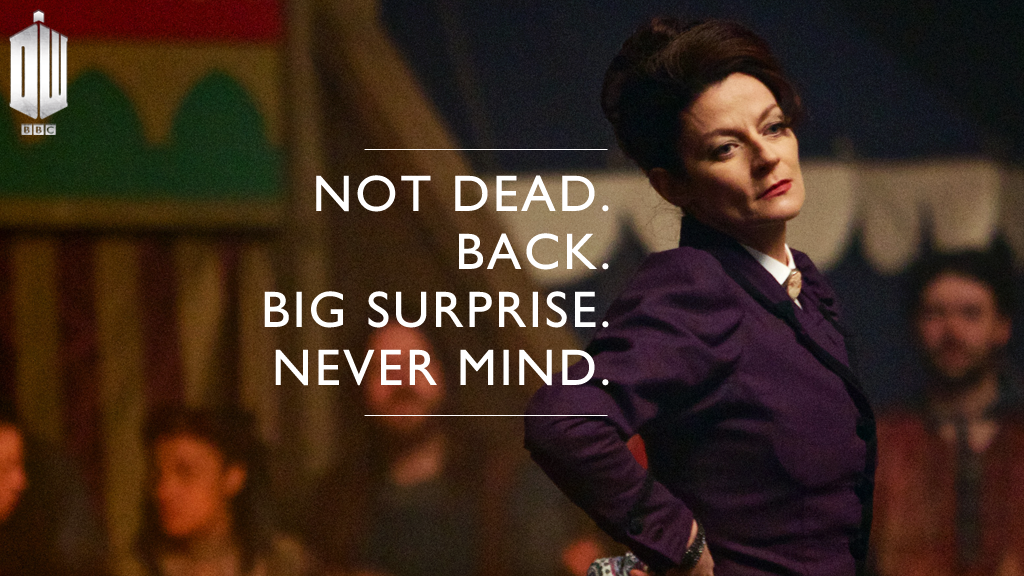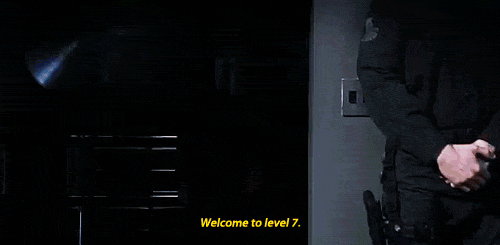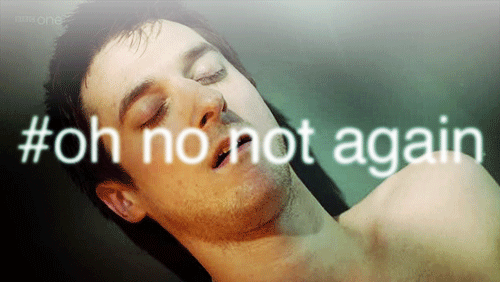For anyone who watches fantasy and science fiction TV shows, you know that feeling of horror at a character’s terrible death. And you’re probably also familiar with the mixed feelings of relief, joy, and annoyance upon seeing that character return to life. This trope is used in many ways, with mixed results. Warning – spoilers and feels ahead.

For a few character deaths, it’s a little obvious that dying will be less than final. This is usually the case for title characters. For example, Sherlock fans knew that Sherlock Holmes’ death was not final because they knew season three was coming.

Another title character, whose recovery was slightly less obvious, is Buffy the Vampire Slayer. Buffy dies not once, but twice, and comes back to life both times. The show may have been able to continue without her, but once the viewers knew another season was coming, it was pretty fair game to guess that she would be back.
While he’s not a title character, audiences knew right from the trailer that Agent Phil Coulson was coming back from the dead to head up Agents of Shield. Those who follow the Marvel Cinematic Universe know that he was killed in the first Avengers movie, and brought back for the TV show.
(Related: My post about Marvel’s fantastic TV shows.)

Doctor Who, with its wibbly-wobbly timey-wimey plot line, enjoys killing off characters and bringing them back in unusual ways. Rory Williams is notable, who not only dies but is erased from memory, and manages to fully come back once the universe is “restarted.” Clara Oswald dies more than once and comes back as “The Impossible Girl,” her destiny intertwined with the Doctor’s.
And because of time travel, River Song is killed the first time we meet her and only becomes a main character after that. Note that I am excluding The Doctor himself from this analysis because regeneration is a staple of his character that has been around for almost 50 years.
The problem with the character deaths in Doctor Who is that because they happen so often, death ceases to be a final ending for characters. And when there is no final goodbye, the audience stops feeling fear for their favorite characters during exciting sequences, thrilling battles, and season finales. This distances the audience from fully engaging with the characters and connecting to them.

However, bringing a character back to life, when done selectively, can be done well. When it is only one character, and the full impact of dying and coming back is more fully explored, regeneration becomes an interesting dramatic device.
Buffy and Agents of Shield are good examples of this. In Agents of Shield, Coulson’s revival is constantly hinted at and teased at first. It later becomes clear that it was a traumatic experience that he was brainwashed to forget. Coulson’s memories, and exactly how he came back to life, become the focus of the first season for both the heroes and the villains. As more is revealed, the process of bringing someone back to life in this world becomes more and more disturbing.
In Buffy, bringing her back (the second time) has severe, long-lasting effects on the world, on her, and on her friends and family. No one is able to take it lightly. For season 6, Buffy is depressed and making choices that she doesn’t like or understand. The power it took to bring Buffy back affects Willow and her dependency on magic. For the entire season, Buffy’s revival has long-reaching effects on the characters and plot line, and we understand the severity of what has happened and why they can’t do that to other characters.

Sherlock is a slightly different story. While it is only one character that was brought back to life, the impact isn’t fully explored. We are given a glimpse into how Sherlock’s “death” affects Watson, yet since Sherlock was actually alive the whole time, he returns as his usual flippant self without any major character development. What is original about Sherlock‘s depiction of a major character death is the breaking of the fourth wall.
Because of the huge internet fanbase and culture surrounding Sherlock, there were all kinds of fan theories floating around about how he came back. What the writers decided to do with this was to never actually reveal how Sherlock survived, rather they sprinkled the first episode with some of these fan theories. It was a clever nod to the audience and an interesting way to address it.

There are good and bad ways to use this trope, but there’s no denying that when watching fantasy and sci-fi you can never be completely sure about the death of a character! I’ve described only a few examples here – as many people will know, there are numerous other examples in Game of Thrones, Walking Dead, Supernatural and other shows!
What are your thoughts on character revivals in other shows? Do you think they’re done well or poorly?
Is this trope overused?

